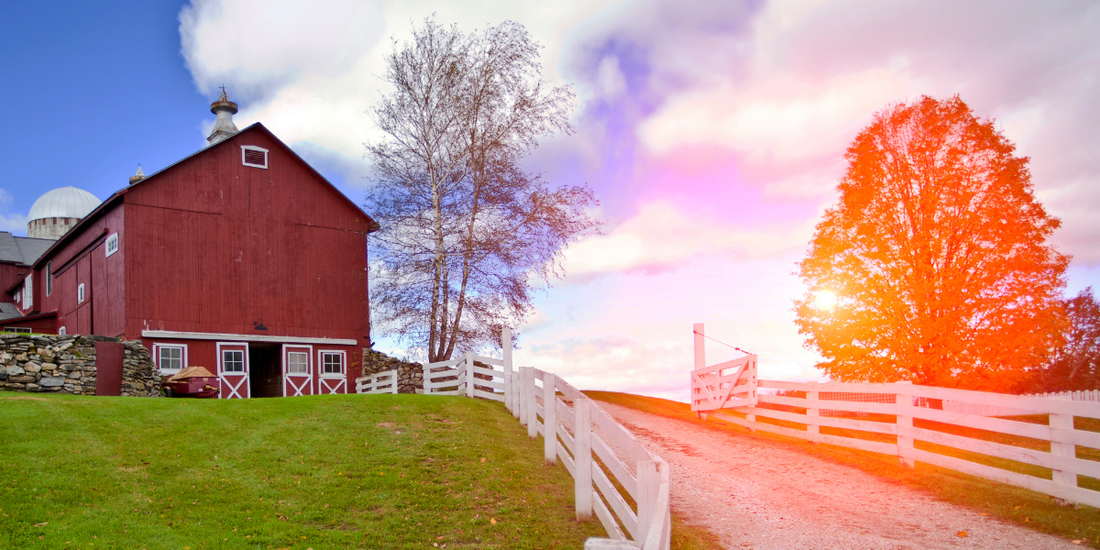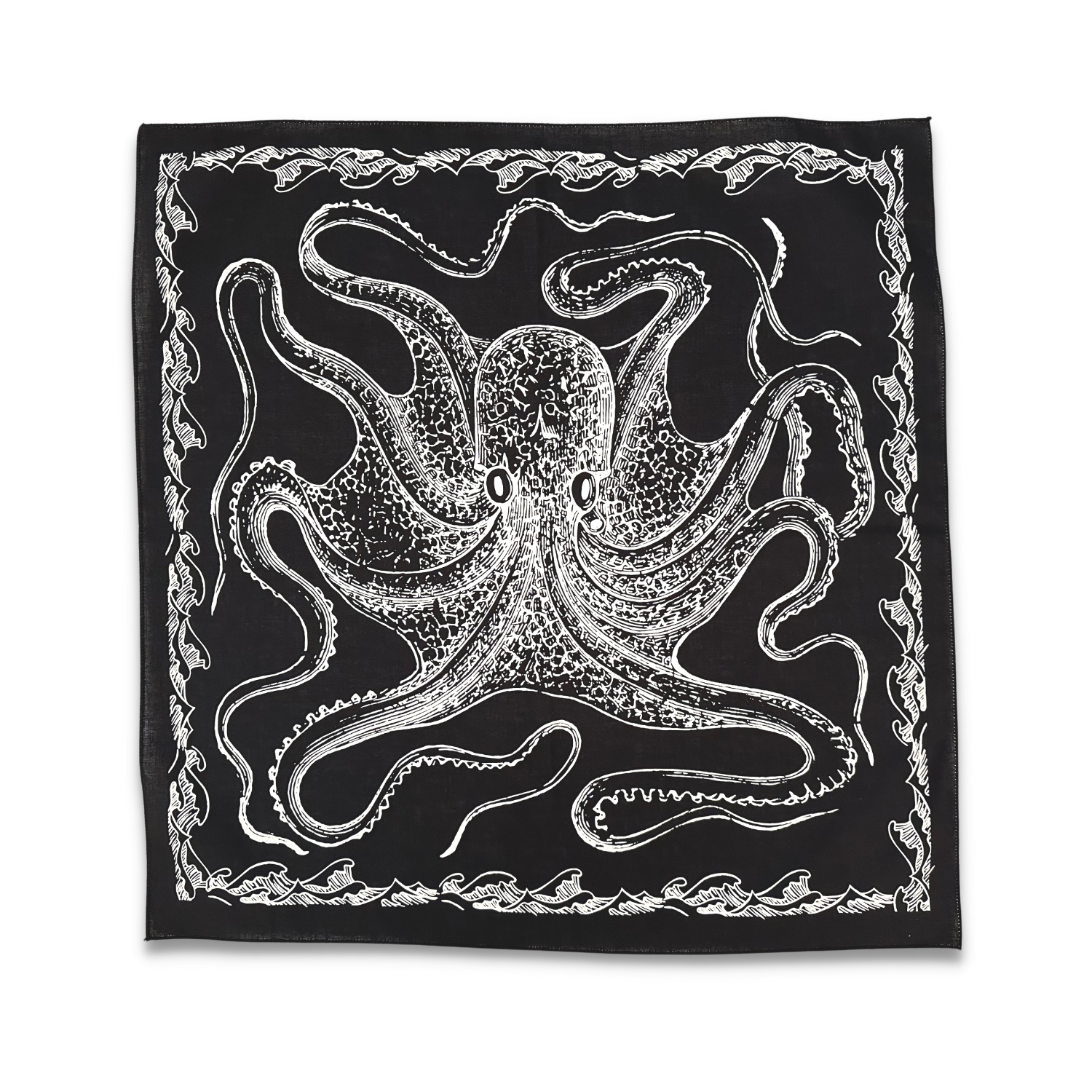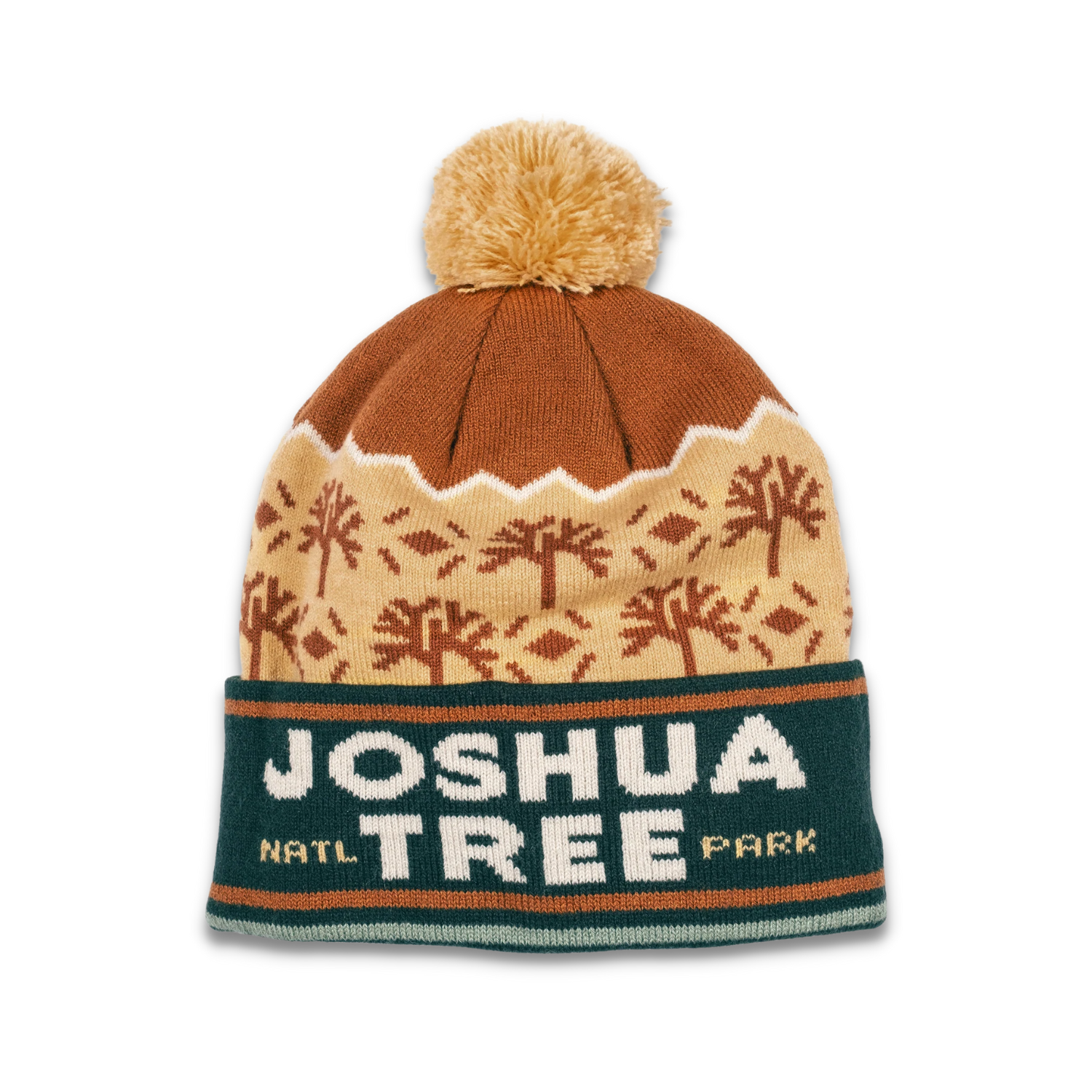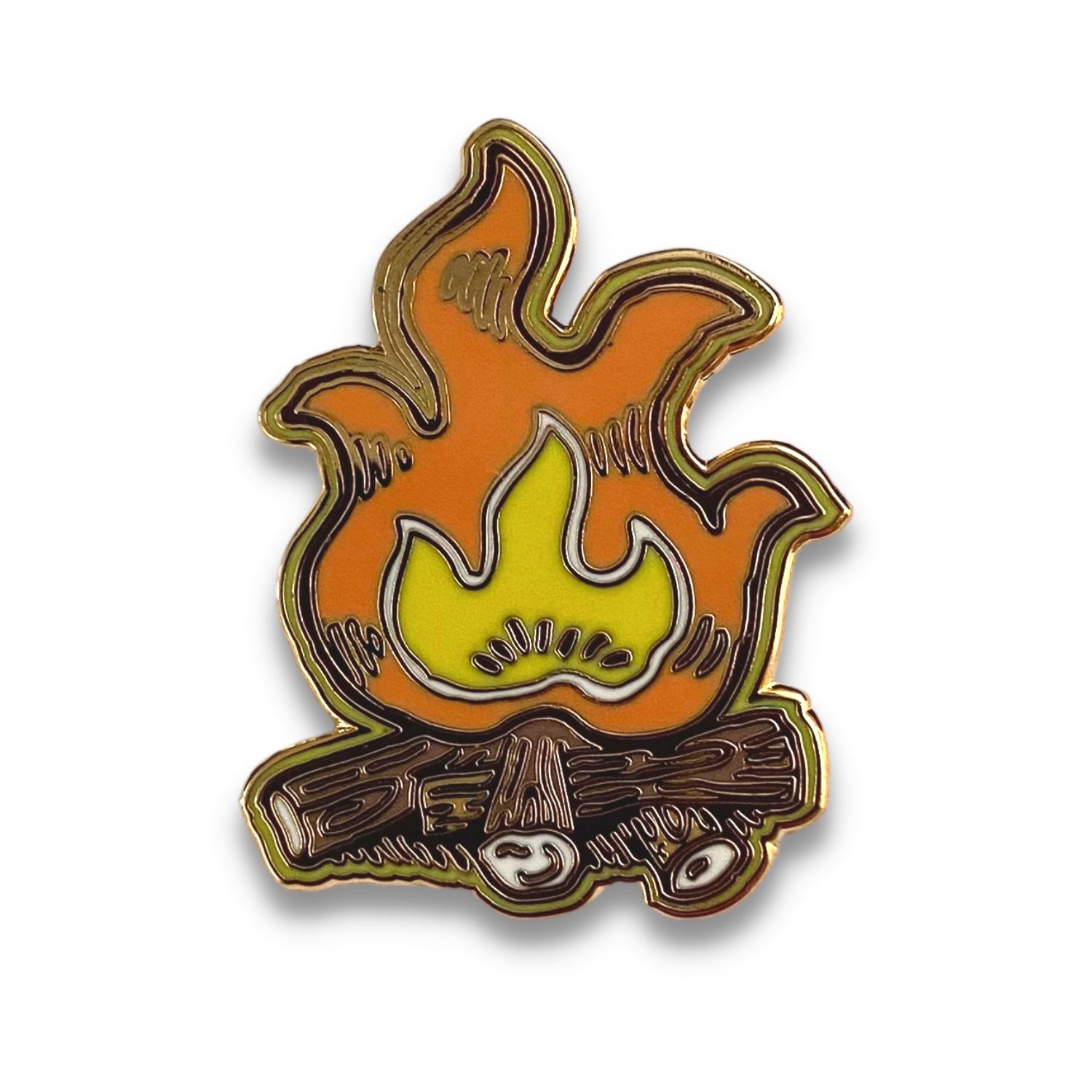In farming, where resilience and resourcefulness are key, a seemingly simple accessory has quietly earned its place as an indispensable tool: the bandana. These versatile pieces of fabric have found their way into the daily lives of farmers, providing valuable assistance in various aspects of their demanding profession. In this article, we will explore how farmers utilize bandanas as an essential tool on their farms.
1. Dust and Sun Protection
Farming often involves long hours spent working outdoors, exposed to the elements. Bandanas offer valuable protection against two common challenges: dust and sun. Wrapped around the face or neck, a bandana serves as a shield against airborne particles and dust stirred up by tractors, plows, and other machinery. It also provides shade and sun protection for the neck and head, helping farmers stay comfortable during sweltering summer days.
2. Sweat Absorption
Farmers are no strangers to hard physical labor, and this often leads to profuse sweating. Bandanas come to the rescue by effectively absorbing sweat from the brow, preventing it from running into the eyes and causing discomfort or hindering visibility. This simple function can make a significant difference during long hours of work.
3. First Aid and Safety
Bandanas can be repurposed for various first aid and safety applications on the farm. They can serve as makeshift bandages for small cuts and abrasions, or as a means to secure ice packs for minor injuries. In some cases, bandanas can even be used as improvised slings or tourniquets in emergency situations, highlighting their versatility and value in farm safety.
4. Tool Organization
Farmers often carry an array of small tools and accessories they need throughout the day. Bandanas become a convenient tool for organizing and carrying these items. Farmers can wrap tools within the bandana, creating a portable toolkit that can be easily transported and accessed when needed.
5. Identifying Livestock
In livestock farming, bandanas sometimes serve as a quick and easy method for identifying individual animals. Farmers might tie different-colored bandanas around the necks of specific animals to distinguish them from the rest of the herd, simplifying record-keeping and management.
6. Insect Protection
During certain seasons and in specific regions, farmers contend with a variety of insects. Bandanas can be used as makeshift head coverings or face shields to protect against biting insects or to keep them at bay while working in the fields.
While bandanas may appear unassuming, they have become an indispensable tool for farmers. These versatile pieces of fabric offer practical solutions to the everyday challenges faced by agricultural professionals, from protecting against dust and sun to managing sweat and minor injuries. As a symbol of resilience and adaptability, the bandana has earned its place on the farm, standing as a testament to the resourcefulness of those who work the land.




